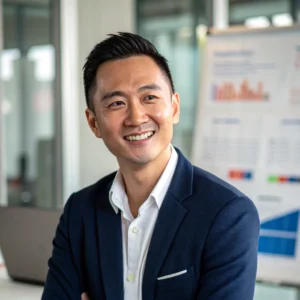In stainless steel water bottle manufacturing, design influences efficiency, durability, and sustainability. Innovations like ergonomic shapes and eco-friendly materials enhance user experience. Efficient designs cut production costs while modular assembly streamlines manufacturing. By optimizing design elements, brands can shape consumer perception and enhance market appeal. Aesthetics, customization, and prototyping play crucial roles in product development. Regulatory compliance ensures safety and reliability. Technological advancements revolutionize manufacturing processes. Market trends and consumer preferences drive design choices. Considering these aspects in manufacturing stainless steel water bottles creates quality products that meet both functional and aesthetic demands.
Importance of Design in Manufacturing
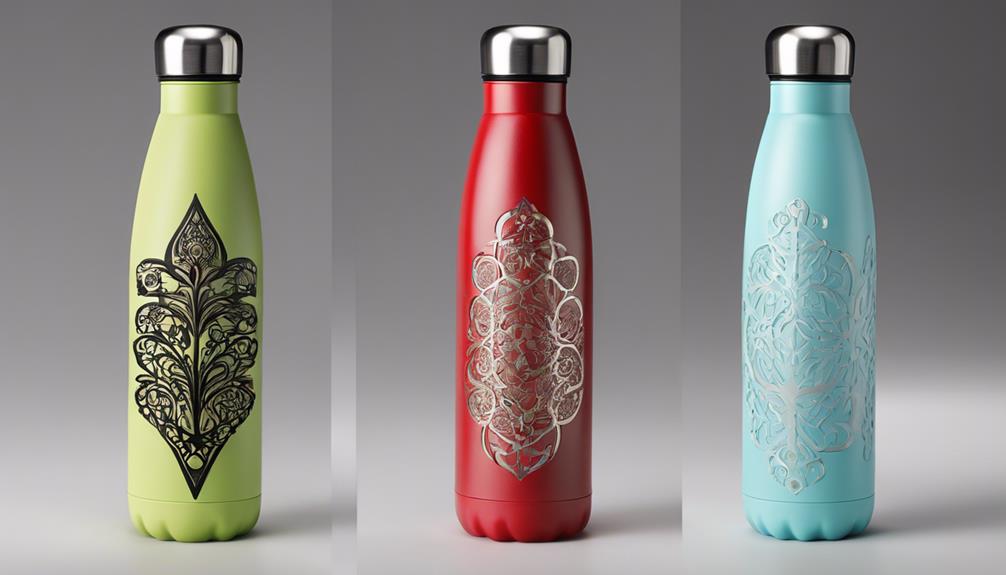
Design plays a critical role in the manufacturing process, directly impacting the efficiency and quality of the final product. Design innovation in stainless steel water bottle manufacturing involves the integration of creative solutions to enhance functionality and aesthetics. By incorporating cutting-edge design techniques, manufacturers can optimize the production process, resulting in a superior end product.
Design innovation in this context refers to the development and implementation of novel ideas and approaches to address challenges in manufacturing stainless steel water bottles. Creative solutions are essential to overcoming obstacles such as optimizing material usage, improving production efficiency, and enhancing product durability. Through innovative design practices, manufacturers can streamline processes, reduce waste, and ultimately enhance the overall quality of stainless steel water bottles.
Furthermore, creative solutions in design can lead to the development of unique features that set products apart in the market. By focusing on innovative design concepts, manufacturers can differentiate their stainless steel water bottles from competitors, attract consumers, and ultimately drive sales.
Materials Selection for Durability
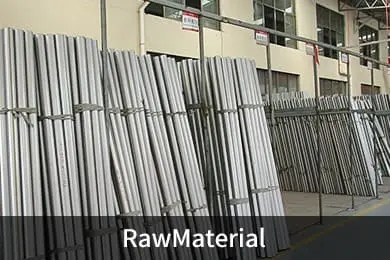
When selecting materials for stainless steel water bottle manufacturing, it's crucial to consider factors that contribute to durability.
The choice of material directly impacts the bottle's longevity and overall performance.
Durability Considerations in Design
Selecting appropriate materials for durability is a critical aspect of designing stainless steel water bottles. When considering material strength and longevity in the design process, it's essential to choose high-grade stainless steel that can withstand external forces and resist corrosion over time. The durability of a water bottle is heavily dependent on the quality of the materials used in its construction. Stainless steel grades such as 18/8 and 18/10 are commonly preferred for their strength and resistance to rust, making them ideal choices for long-lasting water bottles.
In the design phase, factors like wall thickness, surface finish, and overall construction play a vital role in enhancing the durability of the water bottle. Thicker walls provide better insulation and resistance to dents, while a smooth surface finish can prevent scratches that may compromise the bottle's integrity.
Additionally, the design impact on durability includes features like reinforced bottoms and leak-proof caps, which are crucial for maintaining the water bottle's longevity through everyday use. By carefully considering material selection and design elements that enhance durability, manufacturers can create stainless steel water bottles that meet the highest quality standards.
Impact of Material Choice
Materials selected for stainless steel water bottle manufacturing significantly influence the product's durability and longevity. When choosing materials for your stainless steel water bottle, consider the following:
- Material Durability: Opt for high-grade stainless steel such as 18/8 or 18/10, known for their durability and resistance to corrosion. These materials ensure your water bottle can withstand daily wear and tear, maintaining its quality over time.
- Environmental Impact: Select materials that are eco-friendly and recyclable to minimize the environmental footprint of your water bottle. Look for stainless steel that's BPA-free and doesn't leach harmful chemicals into your drinks, promoting both your health and environmental sustainability.
- Longevity: Choose materials that offer longevity by being scratch-resistant and easy to clean. This ensures your stainless steel water bottle remains in top condition for years to come, reducing the need for frequent replacements and ultimately benefiting both your wallet and the environment.
Longevity and Performance
For enhanced durability and performance in stainless steel water bottle manufacturing, prioritize selecting high-grade materials such as 18/8 or 18/10 stainless steel known for their robustness and resistance to corrosion. These materials are crucial in ensuring the longevity and performance of the final product. The choice of stainless steel grade directly impacts product performance and design longevity.
The 18/8 stainless steel contains 18% chromium and 8% nickel, while the 18/10 variant has 18% chromium and 10% nickel. The higher nickel content in 18/10 stainless steel provides increased corrosion resistance and enhances the overall durability of the water bottle.
This resistance to corrosion is essential for maintaining the product's aesthetic appeal and structural integrity over time.
Impact on Production Efficiency
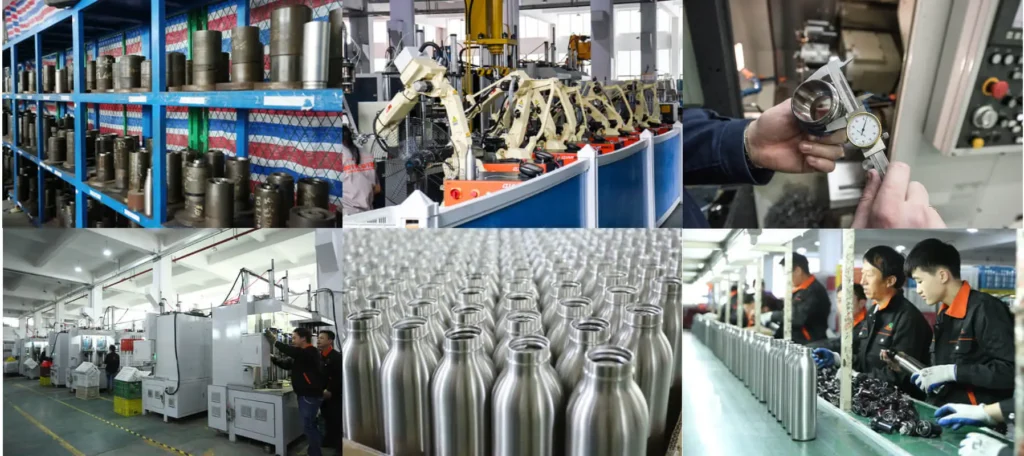
To enhance production efficiency in stainless steel water bottle manufacturing, focus on designing for automation and streamlining assembly processes. By incorporating features that facilitate automated production lines and optimize assembly sequences, you can significantly improve manufacturing efficiency.
Prioritizing these design aspects ensures smoother production flows and ultimately boosts overall efficiency in the manufacturing process.
Design for Automation
Efficient design integration for automation in stainless steel water bottle manufacturing significantly enhances production efficiency levels. Design optimization plays a crucial role in the automation efficiency of the manufacturing process.
Here's how design for automation impacts production efficiency:
- Streamlined Processes: By carefully designing automation processes, tasks can be optimized for efficiency, reducing production time and minimizing errors.
- Cost Reduction: Integrating automation into the production line enhances production scalability, allowing for increased output without proportionally increasing costs.
- Improved Quality Control: Automation enables precise assembly integration, leading to consistent product quality and reducing the likelihood of defects.
Efficiency in Assembly
Enhancing the assembly process in stainless steel water bottle manufacturing involves optimizing workflow to maximize production efficiency levels. To achieve production optimization, manufacturers need to focus on streamlining the assembly line and integrating automation to enhance workflow efficiency.
Below is a table highlighting key strategies for improving efficiency in the assembly process:
| Strategy | Description |
|---|---|
| Lean Manufacturing | Implementing lean principles to minimize waste and maximize value-added activities. |
| Automation Integration | Introducing automated systems for repetitive tasks to increase productivity. |
| Just-In-Time Inventory | Adopting a JIT inventory system to reduce excess inventory and improve production flow. |
| Quality Control Measures | Implementing stringent quality checks at each assembly stage to ensure product excellence. |
Ergonomics and User Experience
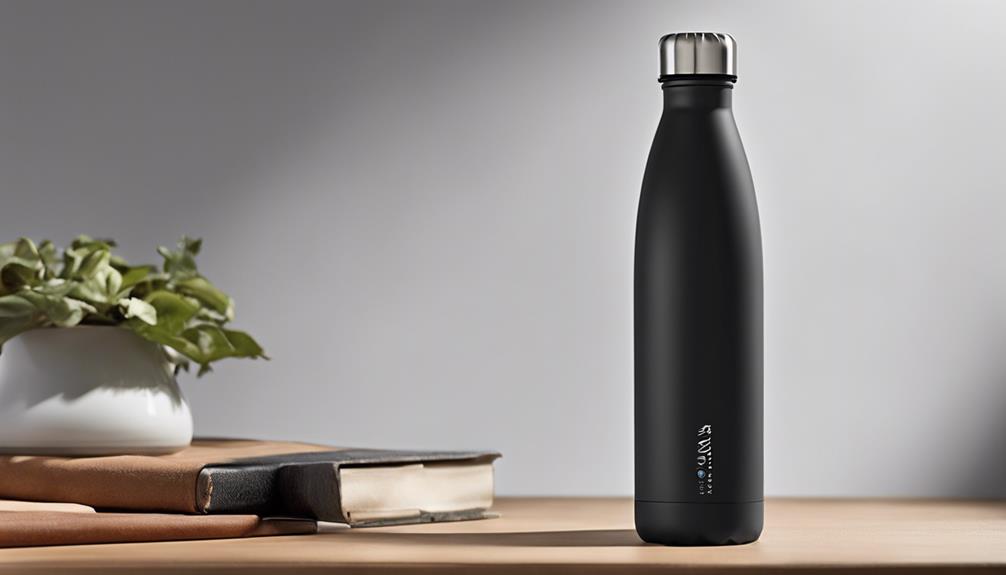
Consider the ergonomic design elements crucial for optimizing user comfort and satisfaction during the utilization of stainless steel water bottles.
When designing stainless steel water bottles, focusing on ergonomics and user experience is essential to ensure a product that not only looks good but also feels comfortable and functional.
Here are three key aspects to consider:
- Comfort Features: Incorporating features such as curved edges, smooth finishes, and easy-to-grip surfaces can enhance the overall comfort of using the water bottle. Users should feel at ease holding and using the bottle throughout the day.
- User Satisfaction: Ensuring that the bottle is easy to open, close, and drink from can significantly impact user satisfaction. A well-designed spout or lid mechanism can make a big difference in how users perceive the overall experience of using the water bottle.
- Design Aesthetics: While comfort and functionality are crucial, the visual appeal of the bottle shouldn't be overlooked. Striking a balance between design aesthetics and practicality can greatly enhance the product's overall appeal to consumers.
Design for Sustainability
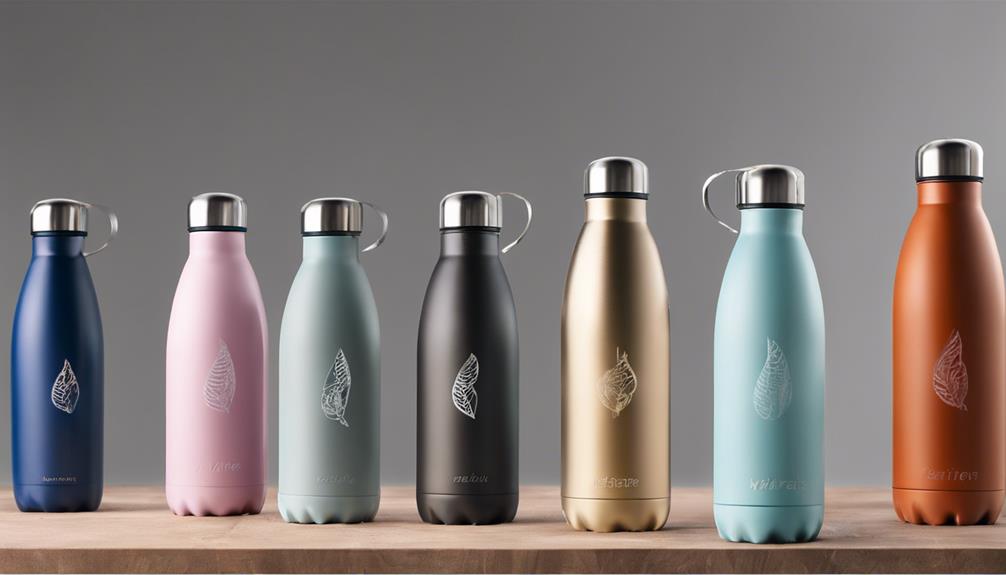
To ensure the stainless steel water bottle manufacturing process aligns with sustainable practices, prioritize incorporating eco-friendly materials and production methods.
When designing for sustainability, consider adopting an eco-friendly design approach that focuses on reducing environmental impact throughout the product's lifecycle. Embrace the principles of the circular economy by designing bottles that are durable, repairable, and ultimately recyclable.
Utilizing recycled stainless steel in production not only conserves raw materials but also decreases energy consumption and carbon emissions. Implementing eco-friendly coatings and finishes can further enhance the bottle's sustainability profile.
By selecting materials that are non-toxic and easily biodegradable, you contribute to a more environmentally friendly manufacturing process. Emphasize the use of renewable energy sources in manufacturing facilities to reduce the carbon footprint associated with production.
Through eco-friendly design strategies, you can create stainless steel water bottles that not only meet consumer needs but also uphold a commitment to sustainability and environmental responsibility.
Branding and Aesthetics Considerations
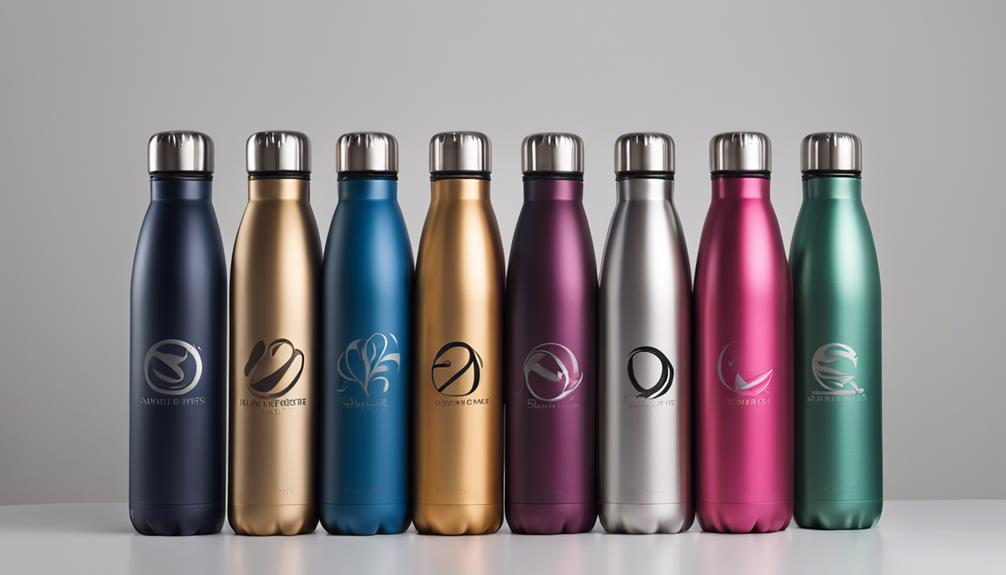
When crafting stainless steel water bottles, the incorporation of branding and aesthetics considerations plays a crucial role in shaping consumer perception and market appeal.
When it comes to branding and aesthetics for stainless steel water bottles, attention to detail is key. Here are some key factors to consider:
- Color Options:
The choice of color can greatly impact the overall look and feel of the water bottle. Consider market trends, target demographics, and brand identity when selecting color options.
- Logo Placement:
The placement of the logo on the water bottle can significantly affect brand visibility and recognition. Strategic placement that balances aesthetics and visibility is essential.
- Design Consistency:
Ensuring that the branding elements, including colors, fonts, and logo, are consistent across all aspects of the bottle design helps in creating a cohesive and memorable brand image.
Customization and Personalization Options
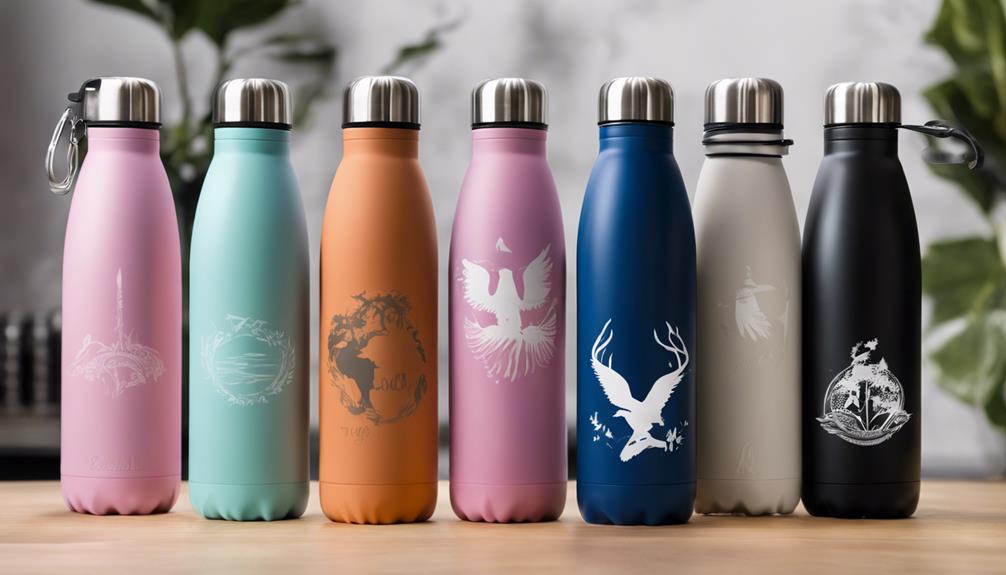
The ability to customize and personalize stainless steel water bottles allows brands to cater to individual preferences and enhance user engagement. Custom engraving and color options play a vital role in creating unique and appealing products that resonate with consumers.
Custom engraving offers the opportunity to add personal touches such as names, logos, or messages to the bottles, fostering a sense of exclusivity and ownership. Brands can leverage this feature to create limited edition or commemorative bottles that appeal to specific target markets.
Color options further enhance the customization potential by allowing users to choose from a range of hues that suit their style or branding preferences. By offering a variety of colors, brands can cater to different tastes and trends, making the bottles more attractive to a wider audience.
Additionally, color personalization can be used to differentiate between product lines or signify special editions, adding a layer of sophistication to the overall design. Customization and personalization options not only provide a competitive edge in the market but also create a more personalized and engaging experience for consumers.
Role of Prototyping in Design
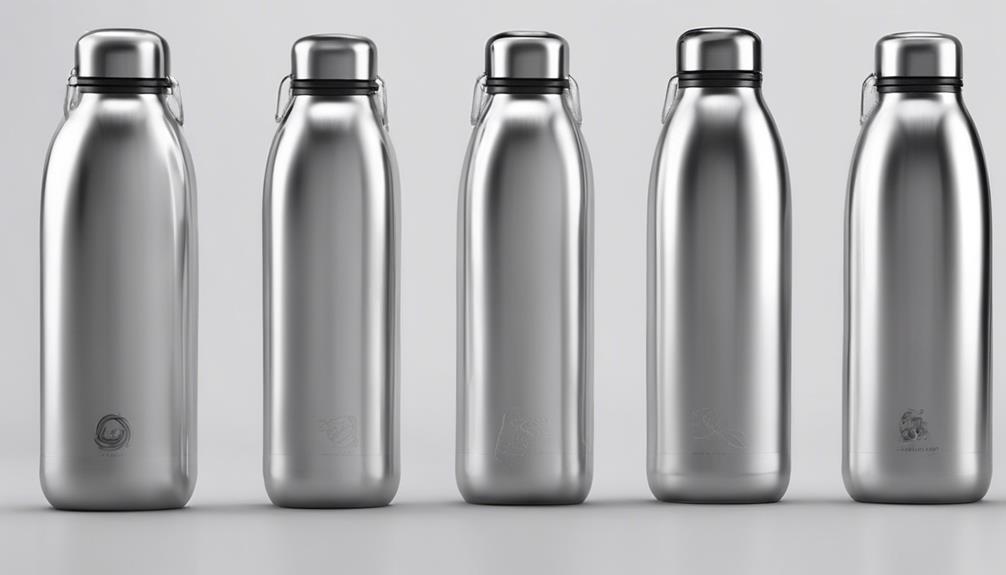
Prototyping plays a crucial role in refining the design of stainless steel water bottles through iterative testing and validation. This process involves creating early versions of the water bottle to evaluate its functionality, aesthetics, and manufacturability.
Here's how prototyping contributes to the enhancement of stainless steel water bottle designs:
- Rapid Prototyping: Utilizing rapid prototyping techniques allows for quick and cost-effective creation of sample bottles, enabling designers to test various features and make necessary adjustments promptly.
- Iterative Design: Through iterative design cycles, prototypes are continuously refined based on feedback from testing. This iterative process helps in identifying and rectifying design flaws early on, leading to a more robust and user-friendly final product.
- Validation of Design Choices: Prototyping aids in validating design choices such as material selection, shape, and cap mechanisms. By physically testing these aspects, designers can ensure that the final stainless steel water bottle meets the desired specifications and quality standards.
Regulatory Compliance and Safety Standards
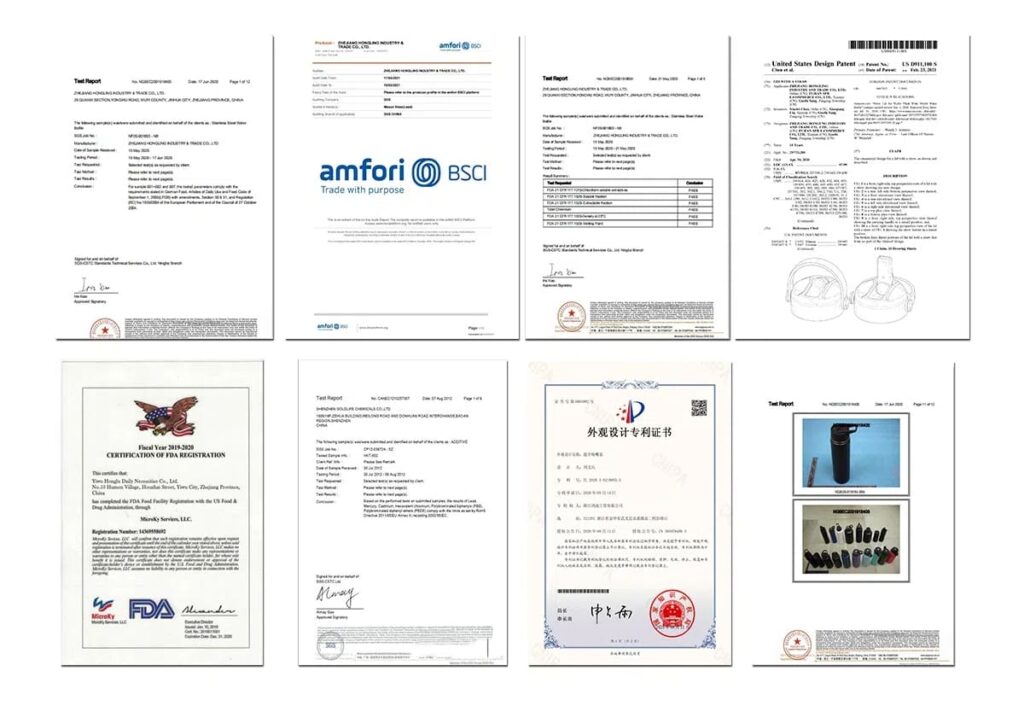
Ensuring regulatory compliance and adherence to safety standards is imperative in the design and manufacturing process of stainless steel water bottles. Compliance standards dictate the guidelines that must be followed during production, ensuring the product meets specific criteria set by regulatory bodies. Testing is a crucial component of this process, as it verifies that the water bottle meets all safety regulations and certifications.
When designing stainless steel water bottles, manufacturers must consider various safety regulations to ensure the product's quality and safety. Certification is essential to demonstrate that the water bottle has undergone rigorous testing and meets all required safety standards. By adhering to these safety regulations and obtaining the necessary certifications, manufacturers can guarantee the reliability and performance of their stainless steel water bottles.
Failure to comply with regulatory standards and safety regulations can lead to serious consequences, including product recalls, legal issues, and damage to brand reputation. Therefore, meticulous attention to detail and thorough testing are essential to ensure that stainless steel water bottles meet all compliance standards and safety requirements.
Design for Assembly and Manufacturing
Implementing efficient design practices can significantly impact the ease of assembly and manufacturing processes for stainless steel water bottles. Design simplification and assembly optimization are crucial aspects to consider in ensuring a streamlined production process.
Here are three key points to focus on when designing stainless steel water bottles for efficient assembly and manufacturing:
- Simplified Component Integration: Designing components that seamlessly fit together can reduce assembly time and potential errors. By minimizing the number of parts and ensuring they align correctly, the manufacturing process becomes more efficient.
- Modular Design Approach: Implementing a modular design allows for easier assembly by breaking down the bottle into distinct modules that can be assembled independently. This approach enhances flexibility in manufacturing and simplifies maintenance processes.
- Standardized Parts Utilization: Using standardized parts across different bottle models can streamline production by reducing the need for unique components. This not only simplifies the assembly process but also facilitates inventory management and maintenance operations.
Influence on Cost and Pricing

Optimizing design for assembly and manufacturing in stainless steel water bottle production can directly impact the overall cost structure and pricing strategies employed by manufacturers. The design impact on cost efficiency is crucial in determining the final pricing strategies for stainless steel water bottles.
A well-thought-out design that minimizes the number of components, simplifies assembly processes, and reduces material waste can significantly lower production costs.
Incorporating cost-effective design elements such as standardized parts, efficient nesting of components, and streamlined manufacturing processes can enhance cost efficiency throughout the production cycle.
By optimizing the design for cost-effective manufacturing, manufacturers can improve their competitiveness in the market by offering premium-quality stainless steel water bottles at competitive prices.
Furthermore, the design influence on pricing strategies is evident, as lower production costs resulting from efficient design practices can allow manufacturers to adjust their pricing strategies to attract a broader customer base or maintain profitability in a competitive market.
Ultimately, the careful consideration of design impact on cost efficiency plays a pivotal role in shaping pricing strategies for stainless steel water bottle manufacturers.
Impact on Supply Chain Management
The design of stainless steel water bottles directly impacts supply chain management efficiency. When considering the design aspects of these bottles, several key factors come into play that influence supply chain dynamics:
- Supply Chain Optimization:
By integrating design collaboration early in the process, supply chain optimization can be achieved. Collaboration between design teams and supply chain managers ensures that the product is designed with manufacturing and logistics considerations in mind, leading to smoother operations.
- Sustainability Initiatives:
Designing bottles with sustainability in mind can impact the entire supply chain. Utilizing eco-friendly materials and optimizing packaging designs not only aligns with sustainability goals but also reduces transportation costs and enhances brand reputation.
- Production Efficiency:
Design choices such as standardized components or modular designs can significantly improve production efficiency. Streamlining the manufacturing process through thoughtful design can lower production costs, reduce lead times, and enhance overall supply chain performance.
Innovation and Technological Advancements
Utilizing cutting-edge technologies and fostering a culture of innovation in stainless steel water bottle manufacturing can revolutionize the industry's efficiency and sustainability. Product innovation plays a crucial role in meeting consumer demands for eco-friendly, durable, and aesthetically pleasing water bottles.
By integrating advanced materials such as medical-grade stainless steel and innovative coating technologies, manufacturers can enhance the durability, safety, and design options of their products.
Technological advancements in automation and robotics streamline the production process, reducing lead times and minimizing errors. Implementing smart manufacturing systems that utilize data analytics and IoT technologies can optimize resource utilization and enhance quality control measures.
For instance, real-time monitoring of production parameters can ensure consistency in bottle quality and performance.
Furthermore, incorporating 3D printing for rapid prototyping allows for more efficient product development cycles and customization options. By embracing these innovations, stainless steel water bottle manufacturers can stay ahead of the competition, meet evolving consumer preferences, and contribute to a more sustainable future.
Market Trends and Consumer Preferences
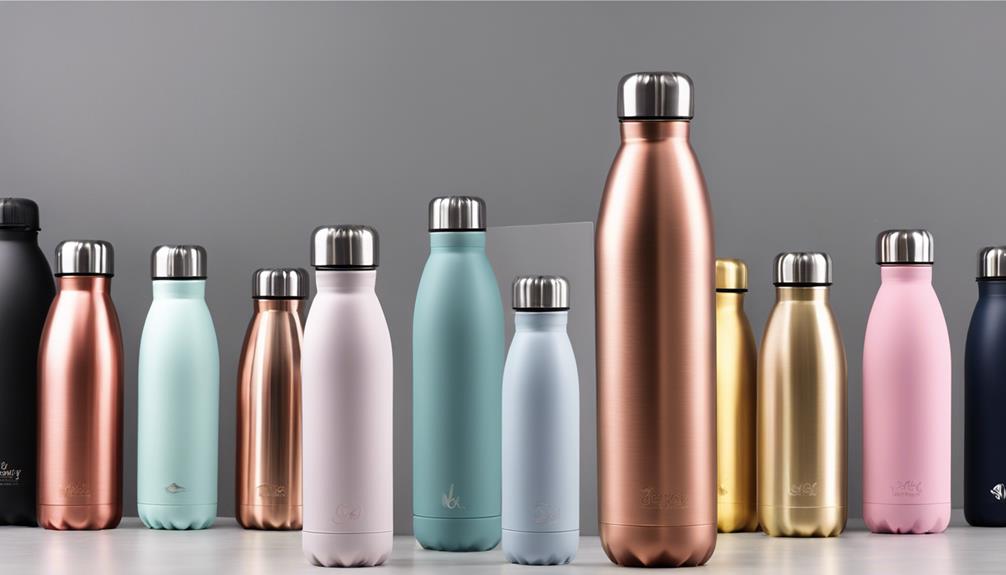
To stay competitive in the stainless steel water bottle industry, manufacturers must closely monitor market trends and consumer preferences. Market analysis is crucial to understand the current landscape and predict future demands accurately. Design trends play a significant role in shaping consumer preferences and driving purchasing decisions.
Here are three key points to consider:
- Consumer Preferences: Understanding what features consumers value in a water bottle, such as insulation, durability, or aesthetic appeal, is essential for designing products that meet their needs and expectations.
- Design Trends: Keeping abreast of the latest design trends, whether it's sleek minimalism or bold colors and patterns, can help manufacturers create products that resonate with modern consumers.
- Market Analysis: Conducting thorough market research to identify emerging trends, competitor strategies, and gaps in the market can guide manufacturers in developing innovative designs that stand out in a crowded marketplace.
Design Thinking in Manufacturing Strategy
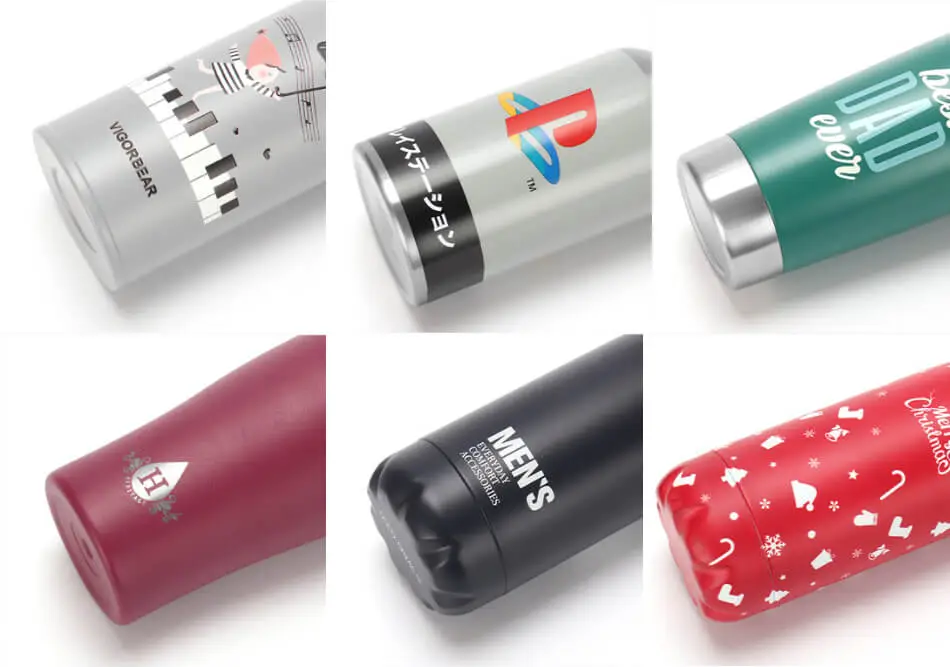
Incorporating design thinking into your manufacturing strategy can revolutionize how you approach product development and innovation in the stainless steel water bottle industry. Design thinking is a human-centered approach that focuses on understanding the needs of customers to create products that not only meet but exceed their expectations.
By integrating design thinking into your manufacturing strategy, you can achieve product differentiation, making your stainless steel water bottles stand out in a competitive market. This differentiation leads to increased customer satisfaction as you're offering unique and tailored solutions that cater to specific preferences and requirements.
Moreover, design thinking can also enhance production efficiency by streamlining processes and optimizing resources. By considering factors such as material selection, manufacturing techniques, and aesthetics early in the design phase, you can minimize waste, reduce lead times, and improve overall operational effectiveness.
Ultimately, embracing design thinking in your manufacturing strategy can drive innovation, improve product quality, and elevate your brand's reputation in the stainless steel water bottle industry.
Frequently Asked Questions
How Does the Design Impact the Recyclability of Stainless Steel Water Bottles?
When considering the recyclability of stainless steel water bottles, design plays a crucial role. Material composition affects ease of recycling, while aesthetic appeal influences consumer preferences and therefore the environmental impact of the product's lifecycle.
Can the Design of Stainless Steel Water Bottles Affect Their Insulating Properties?
When it comes to stainless steel water bottles, remember that design isn't just about looks. The shape and materials used can impact insulating efficiency. A sleek design might catch your eye, but it also affects functionality.
What Role Does Design Play in the Ease of Cleaning Stainless Steel Water Bottles?
When considering the ease of cleaning stainless steel water bottles, design plays a crucial role. A well-thought-out design can enhance durability, ensuring longevity, while also focusing on aesthetics. Functionality and ergonomics are key factors to streamline maintenance processes efficiently.
How Does Design Influence the Overall Weight and Portability of Stainless Steel Water Bottles?
When choosing stainless steel water bottles, design greatly affects weight and portability. Sleek, ergonomic designs can reduce weight while maintaining durability. Aesthetically pleasing designs may prioritize appearance over weight, impacting overall portability. Select wisely for optimal use.
Can the Design of Stainless Steel Water Bottles Impact Their Compatibility With Accessories Like Straw Lids or Carry Loops?
When choosing a stainless steel water bottle, consider how aesthetics vs functionality influence compatibility with accessories like straw lids. Some designs prioritize customization options, allowing for easy addition of carry loops or specialized lids for enhanced user experience.
Conclusion
In conclusion, the design of stainless steel water bottles plays a crucial role in the manufacturing process. Did you know that 70% of consumers prioritize durability when choosing a water bottle?
By focusing on materials selection, production efficiency, ergonomics, sustainability, and innovation, manufacturers can meet consumer demands and stay ahead in the market.
It's evident that design thinking is a key component in shaping the success of stainless steel water bottle manufacturing.

